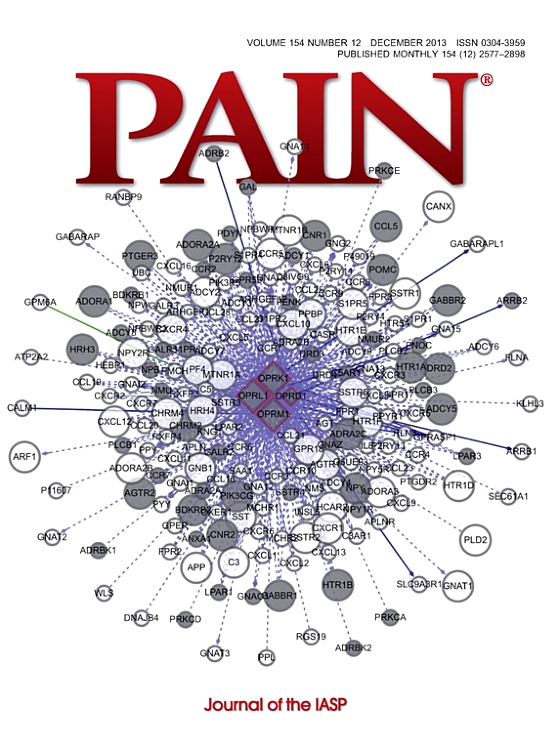Complex regional pain syndrome evolution is determined by both biological and psychosocial factors: a 1-year prospective observational study.
IF 5.5
1区 医学
Q1 ANESTHESIOLOGY
引用次数: 0
Abstract
Complex regional pain syndrome (CRPS) is a challenging condition with unpredictable clinical evolution. Identifying early prognostic factors could transform patient management and improve outcomes. This prospective study followed 113 patients with early CRPS (<6 months) over 1 year to assess clinical evolution and investigate key predictors of chronification. Participants underwent repeated clinical assessments, quantitative sensory testing, and self-reported evaluations at 4 time points over 1 year. Multivariable mixed-effect models were used to identify independent early prognostic factors. Despite some improvement, 35% of the participants still met Budapest criteria at 1 year, with persistent pain, disability, and impaired quality of life. Sensory profiles appeared to stabilize after a few months, while body perception disturbance scores did not change during the follow-up period. Psychosocial factors, such as baseline disability, psychosocial severity, and social support, as well as body mass index and allodynia, were predictors of long-term outcomes. Biopsychosocial Early CRPS profiles defined through a latent class analysis carried out on the basis of data measured at inclusion revealed distinct clinical trajectories and showed stronger prognostic value than previously suggested CRPS classifications (eg, based on skin temperature). These findings highlight the importance of an early assessment incorporating biopsychosocial elements to stratify risk and tailor interventions. Our study paves the way for the development of a clinical tool to predict CRPS evolution, potentially enabling tailored treatments. Future research should validate these predictive models and explore their integration into routine practice, potentially improving the management of early CRPS.复杂区域性疼痛综合征的演变是由生物学和社会心理因素决定的:一项为期1年的前瞻性观察研究。
复杂区域性疼痛综合征(CRPS)是一种具有挑战性的疾病,临床发展难以预测。识别早期预后因素可以改变患者管理并改善预后。这项前瞻性研究对113例早期CRPS(<6个月)患者进行了为期1年的随访,以评估临床进展并研究慢性化的关键预测因素。参与者在1年内的4个时间点进行了重复的临床评估、定量感官测试和自我报告评估。采用多变量混合效应模型确定独立的早期预后因素。尽管有一些改善,但35%的参与者在1年后仍然符合布达佩斯标准,持续疼痛,残疾和生活质量受损。感觉特征在几个月后趋于稳定,而身体感知障碍得分在随访期间没有变化。社会心理因素,如基线残疾、社会心理严重程度和社会支持,以及体重指数和异常性疼痛,是长期预后的预测因素。根据纳入时测量的数据,通过潜在分类分析定义的早期CRPS特征揭示了不同的临床轨迹,并显示出比先前建议的CRPS分类(例如,基于皮肤温度)更强的预后价值。这些发现强调了结合生物心理社会因素的早期评估对风险分层和量身定制干预措施的重要性。我们的研究为预测CRPS进化的临床工具的开发铺平了道路,有可能实现量身定制的治疗。未来的研究应该验证这些预测模型,并探索其与常规实践的结合,以潜在地改善早期CRPS的管理。
本文章由计算机程序翻译,如有差异,请以英文原文为准。
求助全文
约1分钟内获得全文
求助全文
来源期刊

PAIN®
医学-临床神经学
CiteScore
12.50
自引率
8.10%
发文量
242
审稿时长
9 months
期刊介绍:
PAIN® is the official publication of the International Association for the Study of Pain and publishes original research on the nature,mechanisms and treatment of pain.PAIN® provides a forum for the dissemination of research in the basic and clinical sciences of multidisciplinary interest.
 求助内容:
求助内容: 应助结果提醒方式:
应助结果提醒方式:


